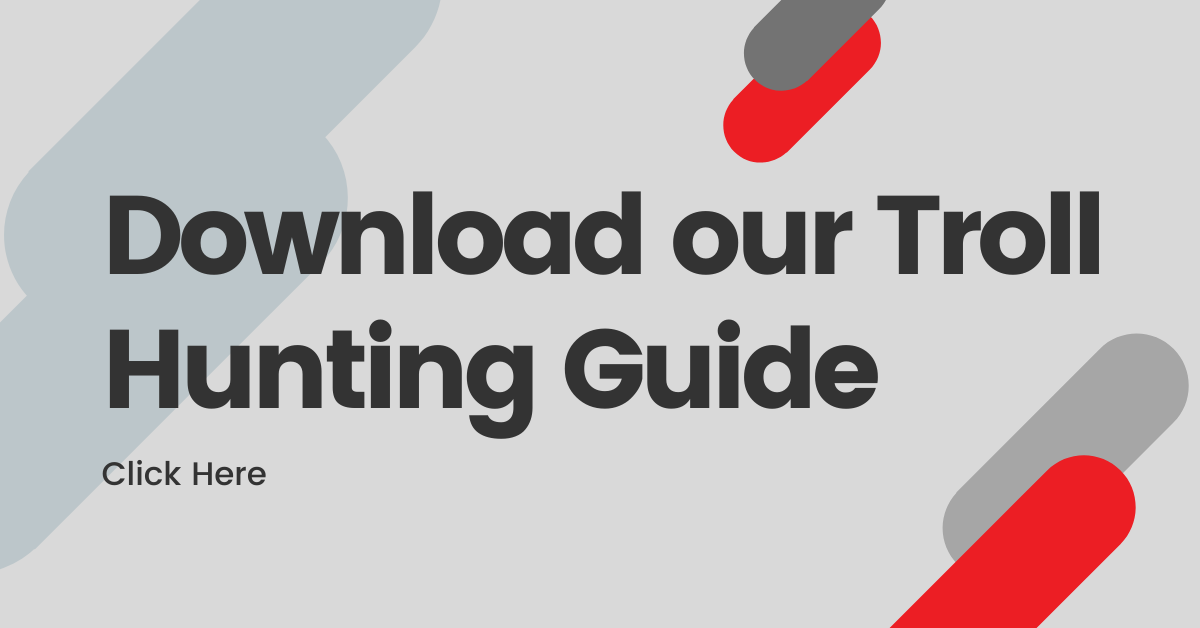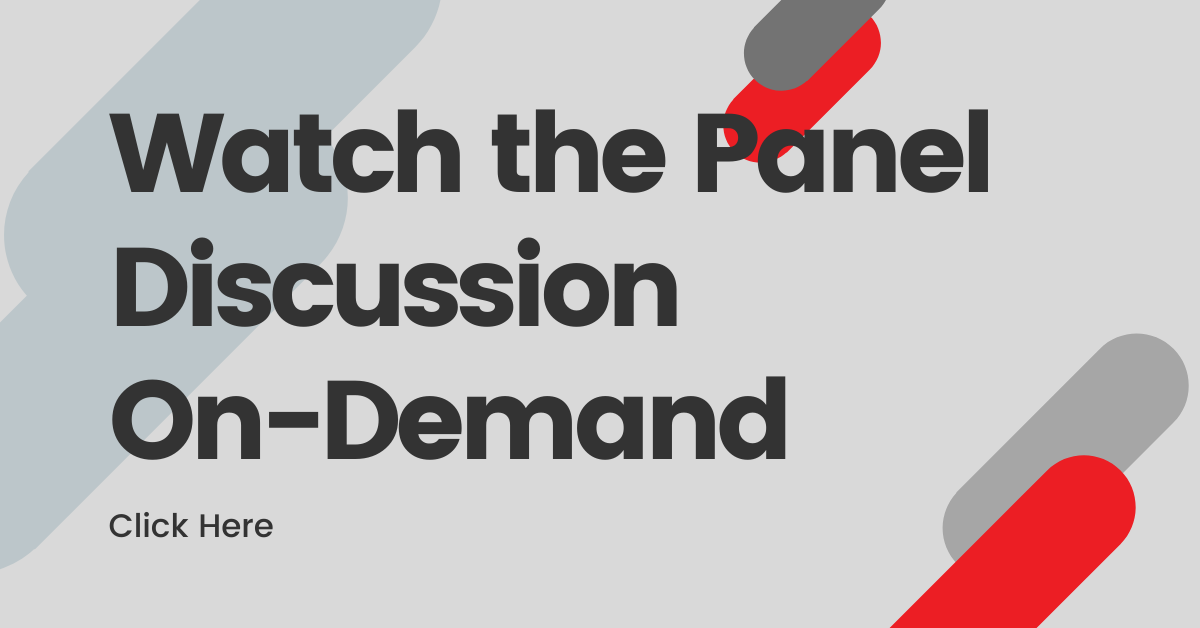Imagine you’re the owner of a local store. I stroll in one day and tell you to let a group of nameless, faceless people somewhere far away decide how you can market to your clientele and how you can interact with them. They get to decide what the rules are and they can change them whenever they feel like.
You’d probably take a polite pass on that deal.
Yet that’s a little bit like what millions of online brands do when they hand over the keys to their community of followers to social media. The reality is that those platforms exert much more influence over communities than one might think. When brands don’t actually own all the access to their community on their own terms, it can hamper their business and their ability to grow.
There’s only one real solution to this conundrum, and it involves you taking control.
What’s wrong with having a community on Facebook?
Letting social media call the shots on engagement around your content can be risky for several reasons, says Mark Zohar, president and COO at Viafoura.
For example, the moderation that happens on Facebook or Twitter is subject to the policies that they create and enforce. But those policies may not be the community guidelines you would support on your owned and operated properties.
If you only engage your audience on social media, you don’t actually own that customer relationship. You also don’t own the data insights and you’re vulnerable to a change in algorithm or a change in a platform’s community policies.
“And all of a sudden it’s, ‘holy cow, my community disappeared and I can’t control that,’” says Zohar. “We’re not saying social media is going away, but a lot of brands need to start thinking about how they can reclaim their audience.”
How do I take control of my own platform?
When users come to your website, you need to provide an exciting or interesting reason for them to stay. If they can’t engage or participate, they’re probably going to leave and return to social media.
Simply put, your audience wants to be able to engage in a community, something Zohar calls “the heart of every single product.” Providing a space for that community to thrive will help, but it has to be captivating.
“Brands need to learn from social media to create social experiences,” says Zohar. “They need to really understand that their audiences are inherently social and not to just say ‘okay, go do that somewhere else and come back for a passive consumption experience.’”
Tech platforms like Facebook are experts at providing “value-exchange moments,” or instances in which a user feels willing to reveal personal information, usually in the form of registration, in return for an incentive. But that’s just the beginning.

Create contact and connections
Zohar suggests several ways you can connect with your audience on your own platform once they’ve logged in.
One of them is to build a community feed where users can like, comment and interact with people they follow. Viafoura gathered data from various clients and found that with user generated content, you’re going to get 10% creators and 90% consumers, but a significant portion of your overall users, about 20-25%, spend a huge amount of time engaging with and consuming content. They need a space to do that and you can provide that space.
“Publishers can inject their own content and other interesting content in the feed so it becomes this great place where users spend a lot of time engaging with content and interacting related to their community interests,” said Zohar.
With tools crafted by Viafoura, publishing brands can allow their users to comment, like and generate discussion. They can even engage directly with brands who can participate in the conversation through things like live Q&As or AMAs, where reporters or experts can take questions from readers and answer in real time.
The payback? Community loyalty
All of these engagement and user retention capabilities add up to loyalty over the long run.
Viafoura’s research shows that these users “pay you back” through time spent on your site, generating more page views, increasing propensity to subscribe to premium products and ideally, spending money on your site. With the right solutions, they also give you the data insights into their preferences, interests and sentiments that you can use to tailor content offers and advertising strategies.
“All that happens only if you have access to those users on your own site where you can do all that,” added Zohar.





